Found MUJI | Portugal
Posted:
![]()
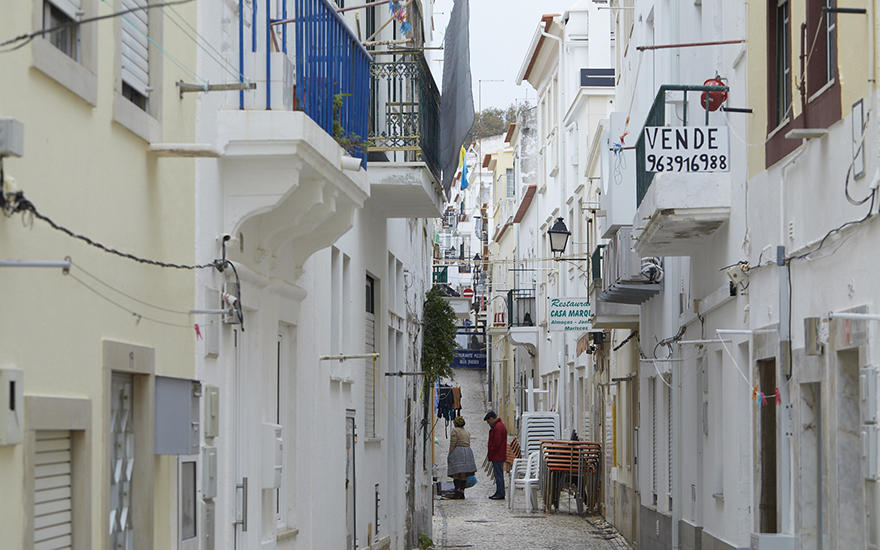
Found MUJI | Portugal
Once out of the cities, rolling hills unfold, houses line their gentle slopes.
The climate in Portugal can generally be described as mild, but the topography running north to south makes for different climates along the Atlantic Ocean coastline and the regions further inland. Fresh fish is caught on the coast, while the inland areas provide a rich variety of meat, fruits and vegetables.
In the northern city of Porto, where traditionally all parts of an animal is used up, one local dish is made only from simmered pork innards. In the fishing villages along the seaside, varieties of fish are chopped up and mixed with plenty of vegetables to make scrumptious stews.
The Portuguese value local ingredients, savouring every part and letting little go to waste. This approach has brought about a great variety to the country’s food culture.
Portugal seemed a country with a comfortable climate. People there appreciate the value of what the land produces. This echoes with the country’s vibe, the people, products, public affairs and every aspect that surrounds the calm pace of daily life.
Launch Date: 6th March 2020.
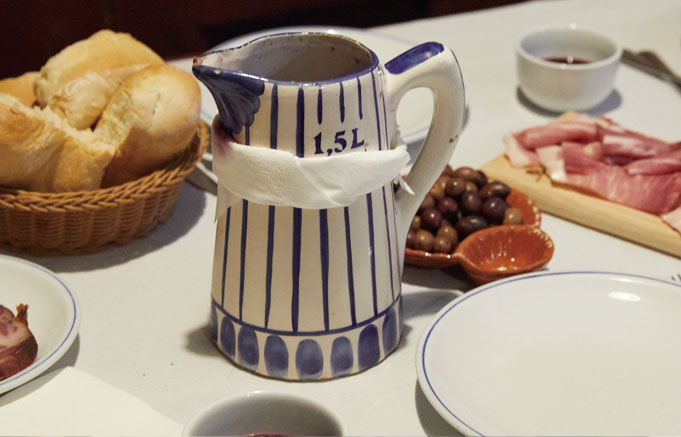
Vinho verde is produced in the northern Portuguese province of Minho. Literally meaning ‘green (young) wine,’Traditionally, farmers grew vegetables in the field for their personal consumption, with vinho verde grape
vines planted along the perimeter. Vinho verde is served in a ceramic carafe and enjoyed from small ceramic bowls.
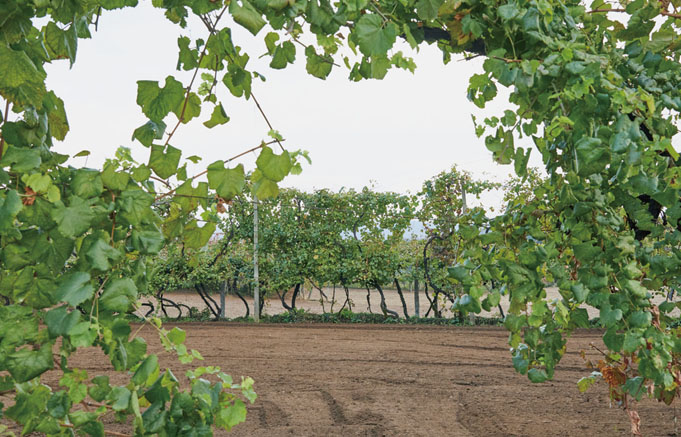
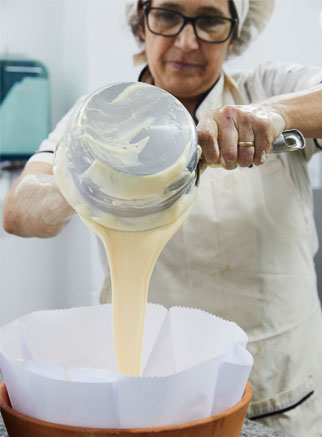 |
Yellow Pastry (Ovar, etc)The streets of Portuguese towns are often lined with many pastelaria cafes serving arrays of pastries. |
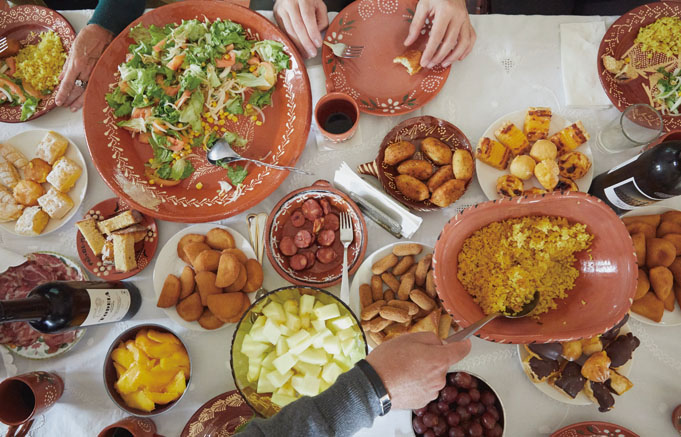
Rice Dishes
Portuguese restaurant menus feature a variety of rice dishes such as duck rice and octopus risotto,
while it is also served on the side. Simmered in broths made from vegetables or shell fish,
the rice takes on a hint of these ingredients. Garnished rice is served at the table in widemouthed
terra cotta bowls. The long history of rice in Portugal began with its introduction from the Middle Eastern culture, which gradually became an integral part of the local cuisine.
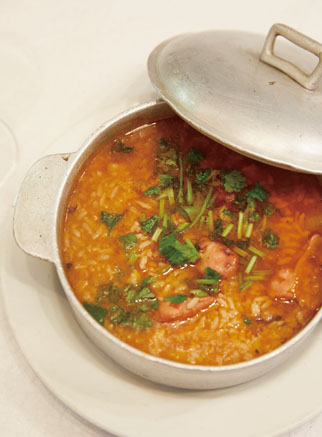 |
Aluminium and Stainless Steel TablewareIn the cafeterias of Portuguese towns and cities, metal pots and plates are frequently used to serve |
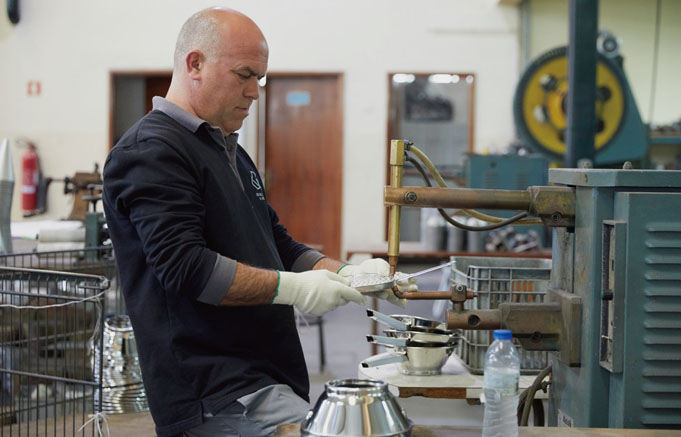 Attaching the handle of tin toaster
Attaching the handle of tin toaster
GalãoA milky coffee made with 1/4 espresso and 3/4 milk, galão is served with bread and sweets for breakfast |
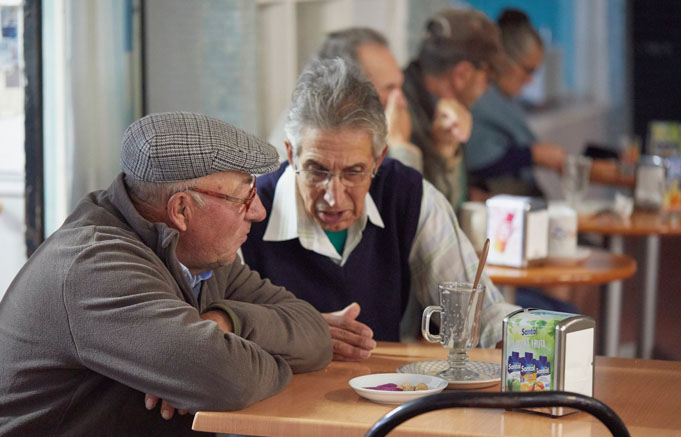 |
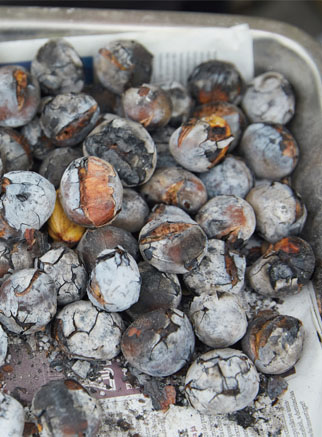 |
Early Summer Sardines, Early Autumn ChestnutsIn early summer, sardines can be seen grilled not just in restaurants but also under the eves of |
 |
Rag RugsA seemingly integral part of life in every house in Portugal, rag rugs are given their name from the old |
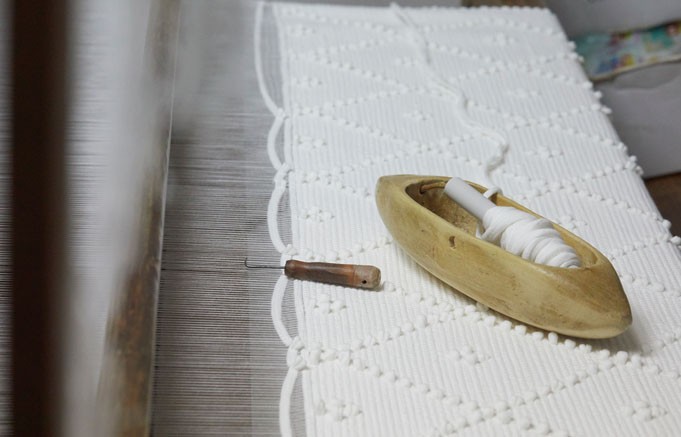
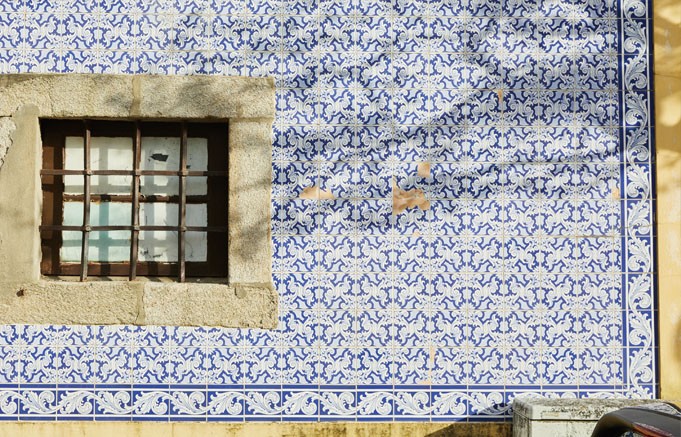
Aveiro, located in central Portugal, is well-known for its azulejo (Portuguese for tile). The Portuguese
who had sailed to Brazil, being nostalgic for their homeland, had further developed the craft of
making tiles while they were away. The unique azulejo were eventually brought back with them and
were soon widely adopted in Aveiro.
 |
Aprons (Nazaré)Portuguese women are known as hard workers and aprons are often a part of their daily outfits. |
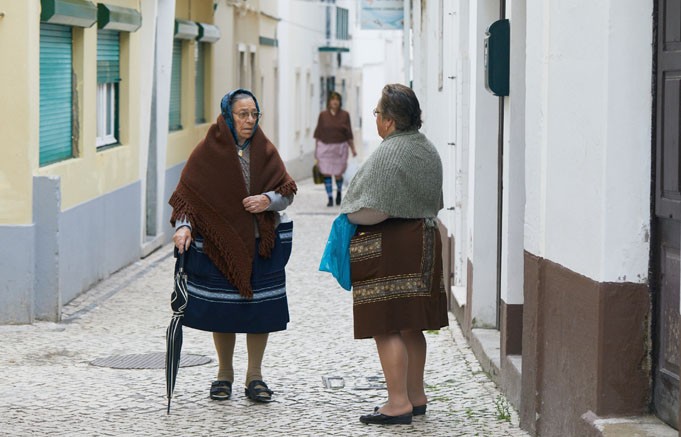 Women in Nazaré who are up early for work wear traditional clothing layered with patterns. A quick
Women in Nazaré who are up early for work wear traditional clothing layered with patterns. A quick
glance around the morning market reveals only women at work there.
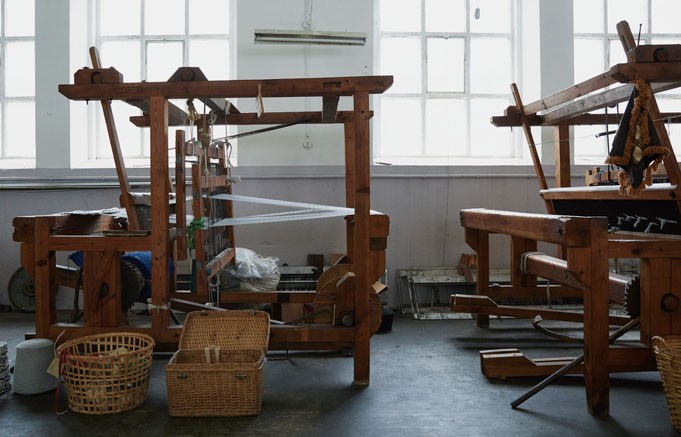
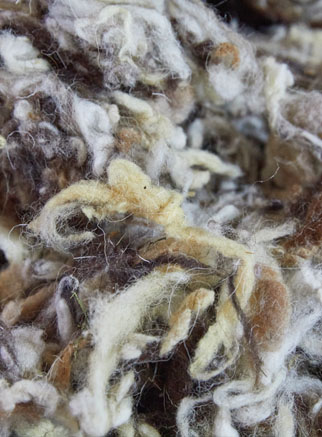 |
Shepherd’s Throw (Manteigas)The small inland village of Manteigas is about a three hour drive from Lisbon. For generations, shepherds |
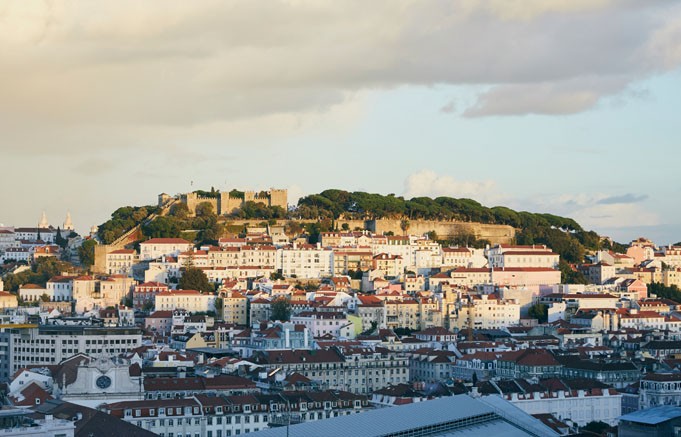
Click here to view the Found MUJI | Portugal Catalogue
Found MUJI: MUJI Emporium
Level 2, Emporium Shopping Centre, 287 Lonsdale St, Melbourne, 3000
(▸ Store information)